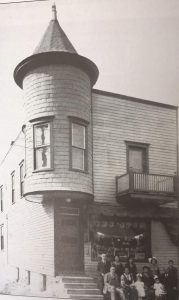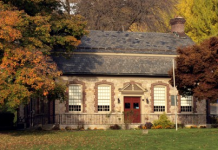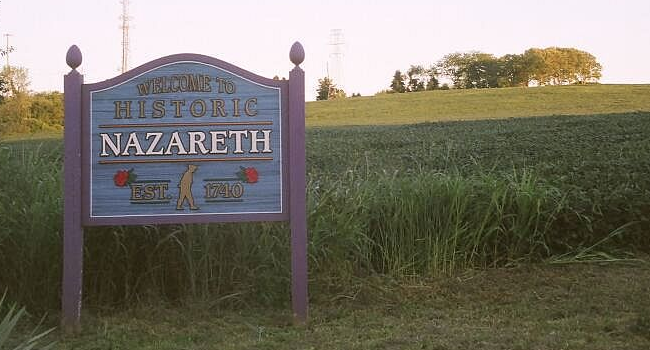
On Saturday, Oct. 19, the Northampton Area Historical Society presented over 70 photographs of Northampton’s 4th Ward, past and present. Over 50 residents packed into the borough’s municipal hall to listen to the presentation, given by Larry Oberly. Together, Oberly and residents explored history, shared stories, and offered memories of friends and family.
“This is not a lecture,” Oberly said. “I expect that people in the audience have recollections, anecdotes.”
And many people did. Residents shared stories of their grandparents’ businesses, ice cream or soda from the borough’s many grocery stores, and boarders from the cement factories sharing their family’s homes.
Newport and Canal Street make up a large portion of the 4th Ward, previously known as Laubachsville. The village predated the borough by over a century. Founded by the Laubach family in 1822, it included a gristmill, coal yard, general store, blacksmith, and distillery.
“It was the commercial center,” said Oberly.
This area of town was so influential that the Lehigh Coal and Navigation Canal made it a stop on its route only seven years later.
“This canal had a greater impact than you and I can even imagine,” Oberly explained. “[Residents] could get goods from anywhere in the world cheaply and efficiently.”
Even a railroad engine, he said, was delivered by the canal.
Photographs of the area showed the canal boats during the 19th and 20th centuries. There were several locks in the borough, but the exact locations in the photographs could not be identified.
Every single block in the 4th Ward had businesses, spurred by this new economic development. From jewelers and butchers to tailors and photographers, residents of Newport did not have to travel far to find anything they needed. In fact, according to the

Werbicky’s Tavern at 16th and Newport Ave. Photo courtesy of Larry Oberly.
historical society, there was one grocer or more for every single block. Many of the photographs during the presentation showed those businesses during their heyday. Other photographs showed what those buildings look like now, with many of them having been converted into homes or apartments.
The biggest business in Newport was the Northampton Brewing Corporation, which produced TruBlu beer. Oberly said that the brew was so popular, shipments of it were sent to soldiers in the Pacific during World War II.
With the area’s growing cement industry, Newport also became a center for immigration. Atlas Cement had over 5,000 employees, many of them Eastern European immigrants. Land value in Newport was cheapest because it was next to the river. However, when available space for homes ran out, taking in boarders became a popular means of earning extra money. Homes in Newport had as many as 10 to 20 boarders.
“Each [new resident] came with their own faith,” Oberly explained, leading to the diverse array of churches still seen in Newport today.
Artifacts that tell the history of the 4th Ward are on display at the historical society, and its members are still looking for more pictures and stories. Residents can contact the historical society if they have pictures and the historical society will digitize them.
A copy of the list of historic businesses in the borough is also available from the historical society. Anyone who would like a copy of the list can contact Oberly or the historical society.








